Ginger tea has gained immense popularity in recent years, not just for its delightful flavor but also for its numerous health benefits. This aromatic drink warms the body, soothes the digestive system, and delivers a robust dose of antioxidants. Whether you’re seeking relief from nausea, looking to boost your immune system, or simply wanting a cozy cup of tea, ginger offers an unparalleled experience. In this comprehensive guide, we will explore how to make ginger tea, from selecting the right ginger to brewing techniques and flavor enhancements.
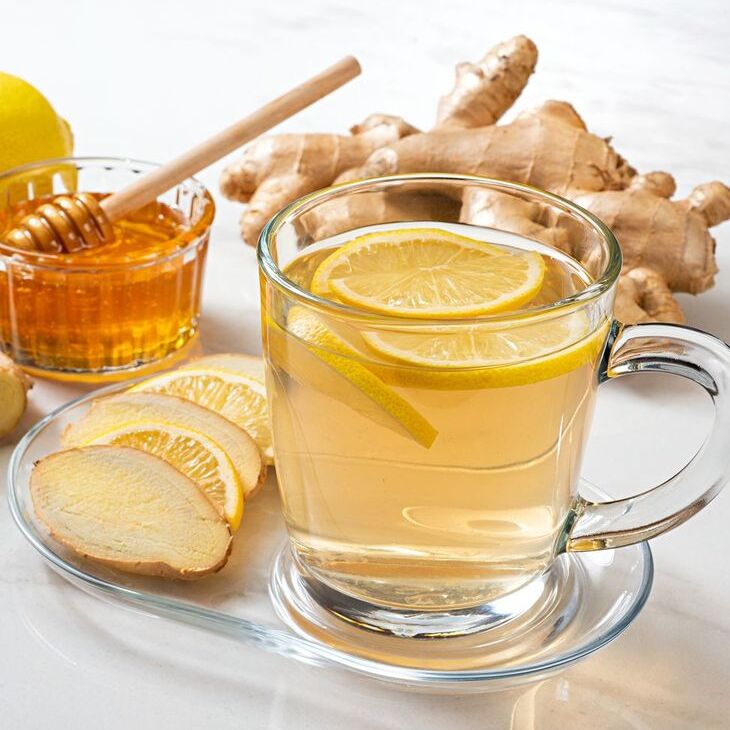
Understanding the Health Benefits of Ginger Tea
Before diving into the preparation of ginger tea, let’s discuss why this root has captivated people worldwide. Ginger contains gingerol, a bioactive compound known for its anti-inflammatory and antioxidant properties. Drinking ginger tea can help alleviate symptoms of motion sickness and reduce nausea, making it a popular choice for those who suffer from morning sickness or seasickness.
Additionally, ginger tea acts as a natural remedy for digestive issues. It aids in digestion, reduces bloating, and helps relieve gas. Regular consumption can enhance your overall gut health. Beyond digestion, ginger has immune-boosting properties, thanks to its potent antioxidants that protect against oxidative stress and inflammation. Frequent users note an increase in energy levels, improved circulation, and even pain relief for conditions such as arthritis and migraines.
These health benefits make ginger tea not only a delicious beverage but also a smart choice for those looking to enhance their well-being. Let’s move forward and learn how to make this invigorating drink.
Selecting the Best Ginger Root
How to make ginger tea? Choosing the right ginger root is crucial to making flavorful ginger tea. Fresh ginger is your best bet, as it boasts a stronger flavor and more potent health benefits. When shopping, seek out ginger that feels firm and smooth to the touch. The skin should be light tan, with minimal wrinkles and blemishes. Avoid ginger that looks dried out or has mold, as these indicators suggest it may be past its prime.
Once you’ve selected your ginger, check its aroma. Fresh ginger should emit a sharp, invigorating scent, a sign of its freshness and potency. If you have dried ginger on hand or ginger powder, you can use those too. However, using fresh ginger will yield a more vibrant flavor.
When you get fresh ginger home, consider storing it properly for maximum freshness. Keep it in the refrigerator, wrapped in a paper towel, or in a container to prevent moisture loss. Fresh ginger roots can last for several weeks this way, allowing you to prepare ginger tea whenever you desire.
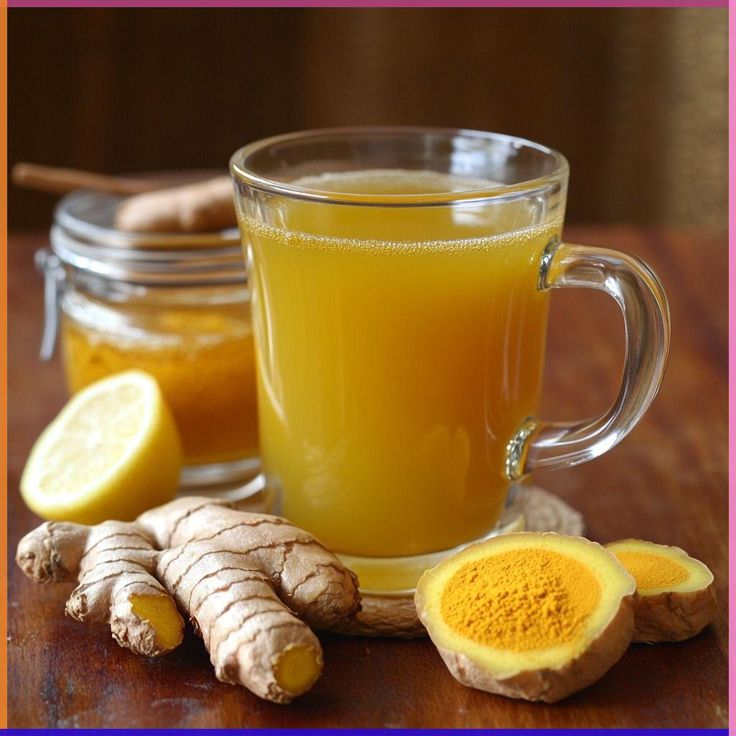
Preparing Ginger for Tea
Now that you’ve chosen your ginger root, let’s move on to preparation. Start by washing the ginger under cool running water to remove any dirt. You can use a vegetable brush for this if it’s particularly dirty.
Once clean, decide whether to peel the ginger or leave the skin on. Some people prefer to peel the skin to reduce the slightly bitter taste, while others appreciate the flavor and nutrients it provides. If you choose to peel, you can easily do so with a vegetable peeler or a spoon. The latter works surprisingly well, as you can scrape off the skin without losing much of the ginger flesh.
Next, slice the ginger into thin pieces. The thinner the slices, the more flavor will infuse into your tea. Aim for about 2-3 tablespoons of fresh ginger per cup of water, adjusting according to your taste preferences. If you enjoy a stronger ginger taste, increase the amount of ginger you use.
Once you have prepared your ginger, you’re ready to move on to the brewing process.
Brewing the Perfect Ginger Tea
Brewing ginger tea is surprisingly simple and requires minimal equipment. Gather your ingredients: the sliced ginger, water, and any optional additions you might like. You can enhance your ginger tea with various ingredients such as lemon, honey, or turmeric for added flavor and health benefits.
Start by bringing about 2 cups of water to a rolling boil in a saucepan or kettle. Once boiling, add the prepared ginger slices. Allow it to simmer on low heat for about 10 to 20 minutes, depending on how strong you prefer your tea. A quick simmer will yield a milder flavor, while a longer simmer will result in a more robust ginger infusion.
If you’re adding other ingredients, add them at this stage. For instance, if you decide to add turmeric, include about one teaspoon of fresh grated turmeric or half a teaspoon of turmeric powder. If you’re looking to incorporate lemon, slice the lemon and add it during the last few minutes of brewing; this will preserve its brightness.
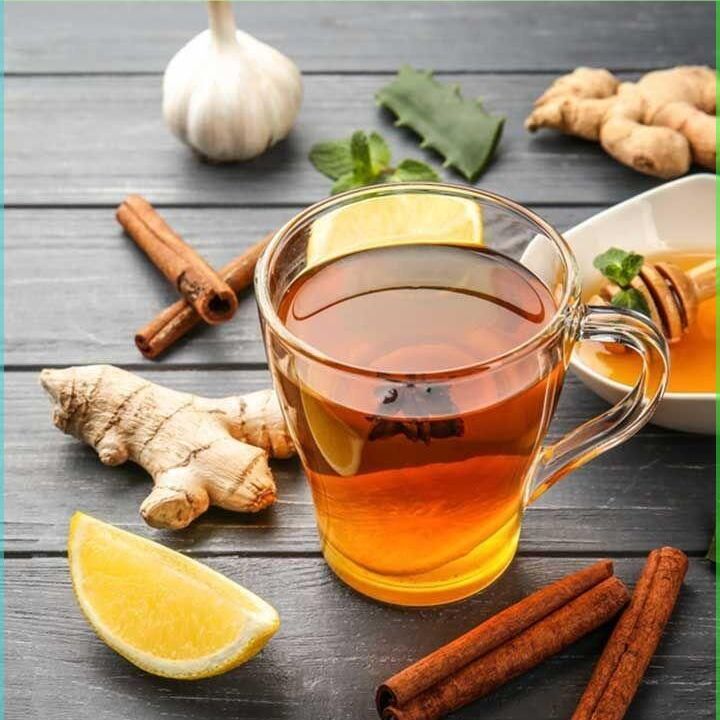
Straining and Serving Your Ginger Tea
Once your ginger tea has brewed to perfection, it’s time to strain and serve. Place a fine-mesh strainer or a tea strainer over a teacup or teapot. Carefully pour the brewed ginger tea through the strainer to remove the ginger slices and any other solid ingredients.
After straining, you can decide whether to sweeten your ginger tea. Many people prefer adding honey or maple syrup for a touch of natural sweetness. Simply stir in your sweetener of choice while the tea is still warm, allowing it to dissolve completely. Avoid granulated sugar, as it may not blend as smoothly in hot liquids.
For those who enjoy an additional citrus kick, squeeze a bit of fresh lemon juice into your cup. This not only adds flavor but also introduces extra vitamin C and boosts the immune benefits. You can garnish your tea with a slice of lemon or a sprig of mint for a visually appealing touch. Serve the tea hot, or let it cool and pour it over ice for a refreshing iced ginger tea.
Flavor Variations and Enhancements
While classic ginger tea offers a delightful experience on its own, many flavor variations can elevate your tea-drinking experience further. Experimenting with different ingredients can lead to discoveries of new favorite combinations.
- Ginger Turmeric Tea: Combining ginger with turmeric creates a powerful anti-inflammatory drink. Follow the same brewing method but increase the turmeric for an earthy flavor.
- Green Tea or Herbal Infusion: You can add your favorite green tea leaves or herbal infusions during the last few minutes of brewing. This addition creates a multi-layered flavor and provides extra health benefits.
- Spicy Ginger Tea: If you enjoy spiciness, consider adding a pinch of cayenne pepper or black pepper. This not only enhances the flavor but can also provide a metabolism boost.
- Coconut Ginger Tea: For a tropical twist, add coconut milk or coconut cream to your ginger tea for a creamy texture and rich flavor. This addition is especially comforting on chilly days.
- Ginger Mint Tea: Adding fresh mint leaves during the brewing process infuses your ginger tea with a refreshing twist. This combination works particularly well for iced ginger tea.
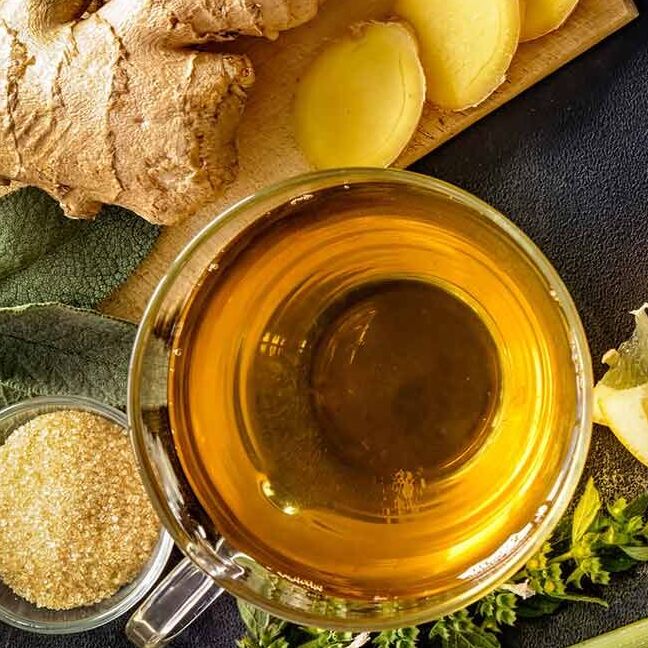
Storing and Reheating Ginger Tea
If you find yourself with leftover ginger tea, don’t worry. It stores well for later enjoyment. Begin by pouring the cooled tea into a clean, sealed container. Ensure the container is airtight to maintain the tea’s freshness. Store the container in the refrigerator, where it can keep for up to three days. This way, you can savor your ginger tea at your convenience.
When it’s time to reheat the tea, do so gently. You can warm it in a saucepan over low heat. Alternatively, you can use a microwave for quick reheating. If you choose the microwave, heat in short intervals to prevent overheating. Overheating can compromise the delicate flavor and aroma of the tea.
If you prefer a refreshing iced tea, you can pour the cooled ginger tea over ice. This method creates a delicious drink, perfect for hot days. To elevate the experience, consider adding fresh fruit slices or herbs. Ingredients like lemon, mint, or berries not only enhance the aesthetics but also contribute to the overall taste of your iced ginger tea. Enjoy it chilled and refreshing!
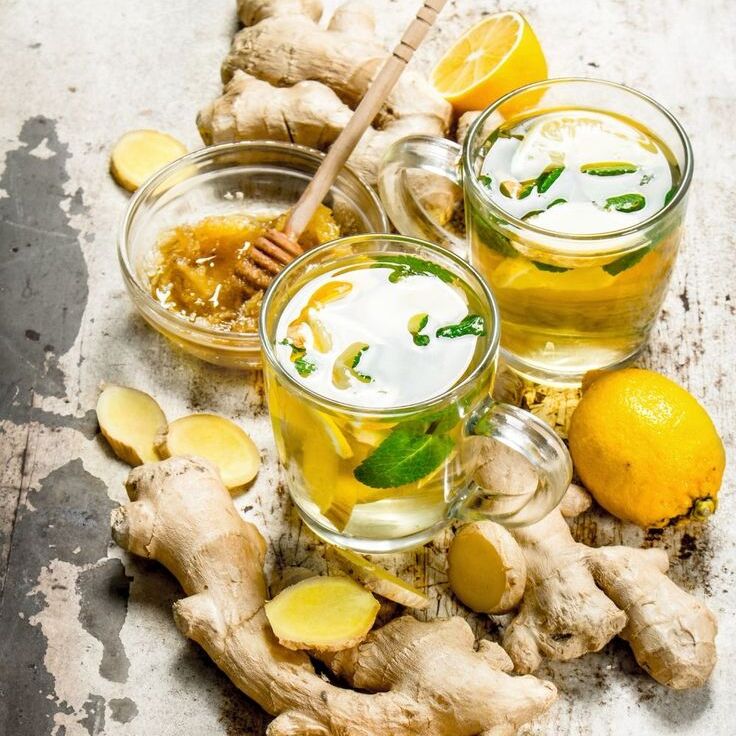
Conclusion: Enjoying Ginger Tea Daily
Now that you know how to make ginger tea, you can enjoy this delightful beverage daily. Its health benefits, combined with its versatility, make it an excellent addition to your routine. Start each day with a comforting cup of ginger tea or sip on it throughout the day whenever you need an invigorating boost.
Experimenting with different brewing methods, flavors, and enhancements allows you to personalize your ginger tea experience fully. Whether you seek relief from digestive issues, a soothing drink on a cold day, or simply looking to enjoy a flavorful cup, ginger tea meets every need. Embrace the richness of this timeless beverage, and incorporate it into your life for both health and pleasure. Happy brewing!